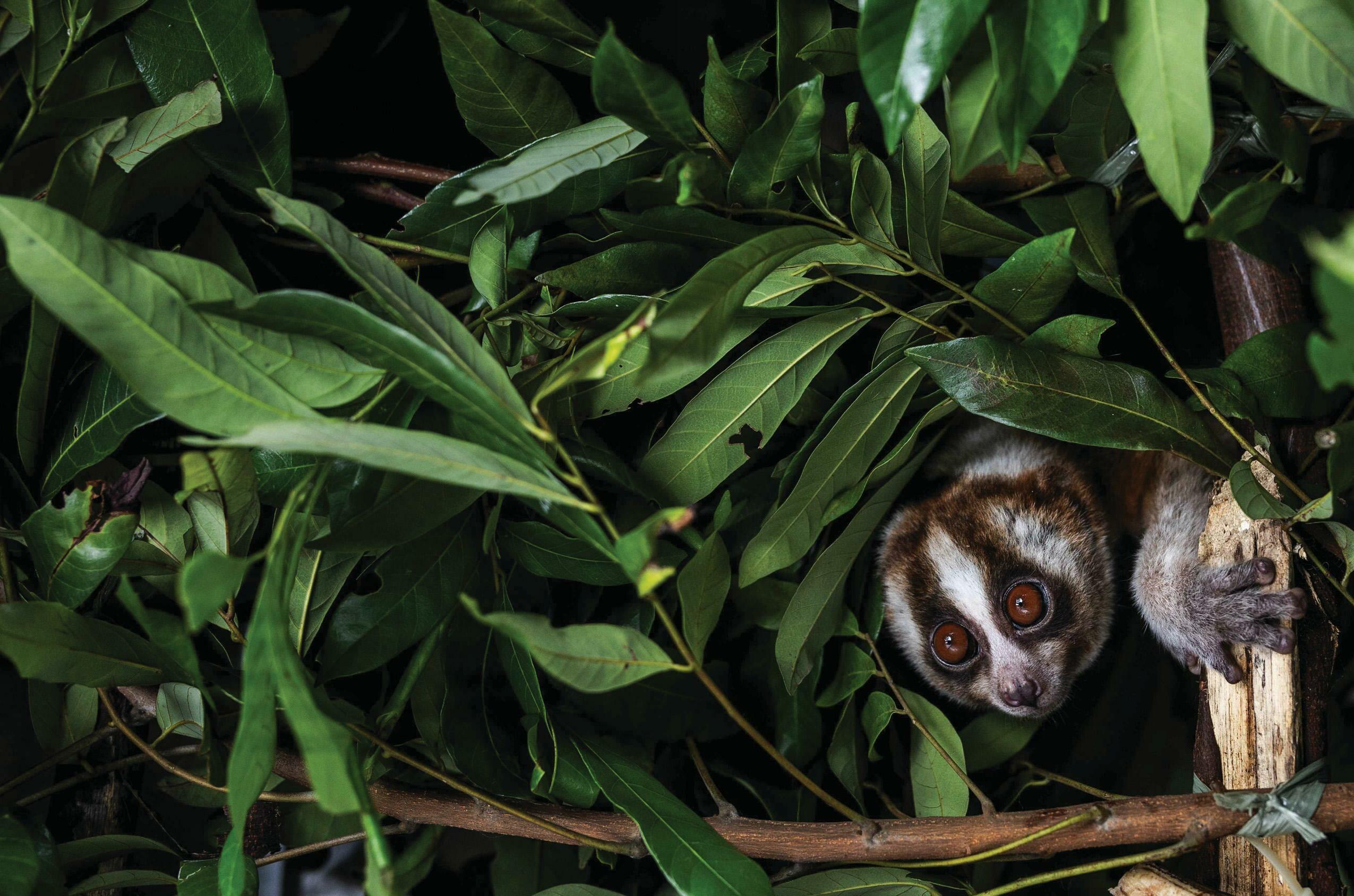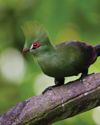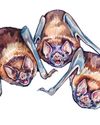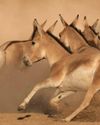SLOW BUT SURE

THE JAVAN SLOW LORIS IS NOT, AS ITS name suggests, the speediest creature in the animal kingdom. These melon-sized mammals move at an average speed of around one mile an hour, while they can perch motionless on a branch for an entire morning or afternoon. Researchers believe they may even slip into torpor – a kind of hibernation – when it gets chilly.
Sadly, the recent decline in the Javan slow loris population has been anything but sluggish. With numbers plummeting by at least 80 per cent over the past three decades, the Javan slow loris is now one of the world’s 25 most endangered primates. In Indonesia - which is home to the Javan slow loris and five other slow loris species - these omnivores are now in serious danger of extinction.
“With their doe-eyed, button-nosed faces and cuddly appearance, the Javan slow loris and other loris species are outwardly endearing,” says Nur Purba Priambada, a wildlife veterinarian and animal management supervisor working for NGO Yayasan Inisiasi Alam Rehabilitasi Indonesia (YIARI). “Sadly, their very cuteness has been a major factor in their decline, because people want to keep them as pets. Efforts to address the illegal trade in slow lorises, which are critical to their conservation, are hopefully bearing fruit just in time.”
THE MOST CAPTIVATING SLOW loris feature is their brown saucer eyes – an adaptation that facilitates their nocturnal lifestyle. The Javan slow loris, which is endemic to the Indonesian island of Java, spends most of the day asleep, venturing out at night to mostly feed on tree gums and saps. Like all slow lorises, it is an arboreal species, found in primary and secondary forests, bamboo and mangrove forests, and even commercial plantations. It uses vines and lianas to move from tree to tree, using slow, careful movements, rather than swinging and leaping like other primates.
This story is from the {{IssueName}} edition of {{MagazineName}}.
Start your 7-day Magzter GOLD free trial to access thousands of curated premium stories, and 9,000+ magazines and newspapers.
Already a subscriber ? Sign In
This story is from the {{IssueName}} edition of {{MagazineName}}.
Start your 7-day Magzter GOLD free trial to access thousands of curated premium stories, and 9,000+ magazines and newspapers.
Already a subscriber? Sign In

WALKING WITH PENGUINS
Mourning her late husband, photographer Ursula Clare Franklin needed a new direction. Soon she was travelling the world, on a quest to photograph her favourite animal, the penguin all 18 species of them

"Satellites and space tech play a huge role in protecting the natural world"
Far above our heads, space technology is supporting conservation in exciting and vital ways

FOREVER YOUNG
The prehistoric-looking insect that never grows up

BIRDS THAT BREAK THE RULES
Discover the extraordinary birds that defy nature's norms

FEMALE OF THE SPECIES
Vampire bats make for blood-spewing besties

Onagers gallop back to Saudi Arabia
Rare subspecies fills the desert niche left by its extinct relative

Front lines for nature
Inside the ambitious UK project rallying local communities to fight for wildlife

"Europe seems hellbent on creating the most hostile environment for bears possible"
WE EUROPEANS ARE INCAPABLE of living alongside predators.

Airborne lifts off on Sky Nature
ACROSS THE PLANET, ANIMALS HAVE conquered the skies in ways we can only dream of.

CROSS COUNTRY
Translocating elephants is no mean feat-but it's helping this iconic mammal to reclaim its historic lands
